Houston celebrates Sir John Barbirolli: first review
OrchestrasThe Houston Symphony remembered its formative conductor this weekend. Lawrence Wheeler was there.
Sunday afternoon was the third and final Jones Hall concert by the Houston Symphony celebrating the legacy of former Chief Conductor Sir John Barbirolli. Music Director Juraj Valčuha led a program of works by Paul Creston, Sergei Prokofiev, and Pyotr Ilyich Tchaikovsky. Augustin Hadelich was soloist in Prokofiev’s Violin Concerto No. 1. Barbirolli conducted the Houston Symphony from 1961 to 1967. These pieces recreate concerts Barbirolli gave with the Houston Symphony on February 14 and 15, 1966.
Valčuha said he has listened to Barbirolli’s recordings “quite a lot,” indicating his illustrious predecessor serves as an artistic influence more than 50 years after his passing. As the oft-quoted saying goes: “They may forget what you said but they will never forget how you made them feel.” When asked, Houston Symphony musicians who played under Sir John have said his concerts were among their most inspiring. He was meticulous in his search for the poetry and expression in each phrase while carrying performers and listeners with his passion.
Paul Creston wrote books and piano studies on rhythm, and rhythm is central to his music. Written in 1954, Dance Overture is an international musical tour that includes dances resembling a snappy Spanish bolero, a jolly English country dance, a silken French louré, and finally an American square dance, complete with off-the-beat clapping. Featuring trombones and tuba along with solo woodwinds and virtuoso string writing, it is a fun and exuberant concert opener. The performance showed this seldom performed work to full advantage, with Valčuha leading a detailed and committed performance.
Prokofiev’s First Violin Concerto was written in 1915, when the composer was 24. Augustin Hadelich is one of the leading violinists in the world, respected for his refined musicianship and flawless technique. Following a barely audible viola tremolo, Hadelich entered with a tender and soft tone, which slowly unfolded seamlessly from high position A-string passages to singing E-string notes. His tempered use of vibrato and exquisite bow control drew the listener into a sanctified world. When the music required more passion and volume, his tone quality never faltered. It also did not sufficiently change in the middle section [#7 in the score] where a marking of narrate (narrating) changes the character from singing to speaking in a declamatory style. A bit more articulation bite would have improved balance with the orchestra, which slightly covered some notes. A solo cadenza, reminiscent of Chausson’s Poeme, was perfectly voiced and tuned. The recapitulation, with a return of the first theme in flute and piccolo, was shimmering and perfectly balanced.
The second movement Scherzo was brilliantly played, if a bit too demure in the forte passages. Served at a brisk tempo, it was a masterclass in technical facility that few violinists could match. When the music required large leaps on the G-string, Hadelich maintained the tempo where many slow down. Later, a ponticello (near the bridge) passage marked fortissimo, con tutta forza (as loud as possible, with all force) did not fully convey the implied sardonic character. The third movement showed precise and cohesive tuttis and an attentive accompaniment by Valčuha. Hadelich played the largely lyrical solo part with beauty and poise. Following several curtain calls, Hadelich played his own arrangement of “Por Una Cabeza,” a tango song by Argentine composer Carlos Gardel originally for two violins. It would be difficult to conceive of a more splendid presentation than what was heard today.
Tchaikovsky’s Sixth Symphony (Pathétique) is a test for any orchestra or conductor. The musical and technical challenges are manifold, with one or the other often taking priority. Today’s performance showed an orchestra in top form and a conductor fully committed to excellence. Together, it was worthy of any stage in the world. As in the violin concerto, the opening was barely audible, giving full entrée to the solo bassoon. The violas gave expressive sforzandos (heavy accents), with perfectly aligned and tuned solo lines, including the spiccato passages that followed. As other string sections joined there was no loss of precision– down to the 16th-note level. Great attention was given to details of dynamics and articulations. Valčuha led tempo changes clearly. Rubato melodies, as indicated in the score, were organic and expressive without sounding cookie-cutter in concept. Solo woodwinds were uniformly excellent, with special mention due principal clarinet Mark Nuccio. The brasses were unified and strong without being overpowering. Entrances were precisely timed. The Allegro Vivo had thrilling intensity and kinetic energy. Valčuha deftly modulated crescendos layer by layer. The forte-fortissimo climax had heart-wrenching intensity. The return of the Andante was simply beautiful, with scale passages in the strings placed together. As led by Valčuha the final Andante mosso had steady steps of destiny.
The second movement is a waltz in 5/4 time. It is easy to have a bump in the line due to the unequal meter, but the cello section played their melody with elegant grace. The counter melody changes from a two bar phase to a sighing one bar figure. Valčuha maintained a steady tempo throughout, allowing the music to speak for itself. He again maintained a steady tempo in the third movement march, conducting mostly in two instead of four. This encouraged lightly flowing spiccato triplets in the strings, who carefully observed and controlled the softer dynamics. Contrasting this was the march theme, squarely articulated with determined precision. There was no tempo change as the volume grew, giving a sense of inevitability to the music. Absent was the customary, if not pretentious slowing of the final march theme or speeding up towards the end. This stoic steadiness made the finale feel even more tragic and expressive.
One of the most subjective pieces ever written, the Finale to Tchaikovsky’s Sixth Symphony includes all the emotions of an elegy. Depression, anger, denial, pleading, remorse, acceptance and resolution are all within this compact movement. Valčuha’s rhapsodic approach allowed each of these feelings to emerge, while the Houston Symphony was the perfect vessel to carry and project them. It was impossible to remain unmoved at the conclusion of this concert. Valčuha remained motionless for 30 seconds, after which the audience gave thunderous applause. For two of the many curtain calls the orchestra remained seated in a show of respect for their music director. They will not forget how they felt. Down to the last note.
– Lawrence Wheeler

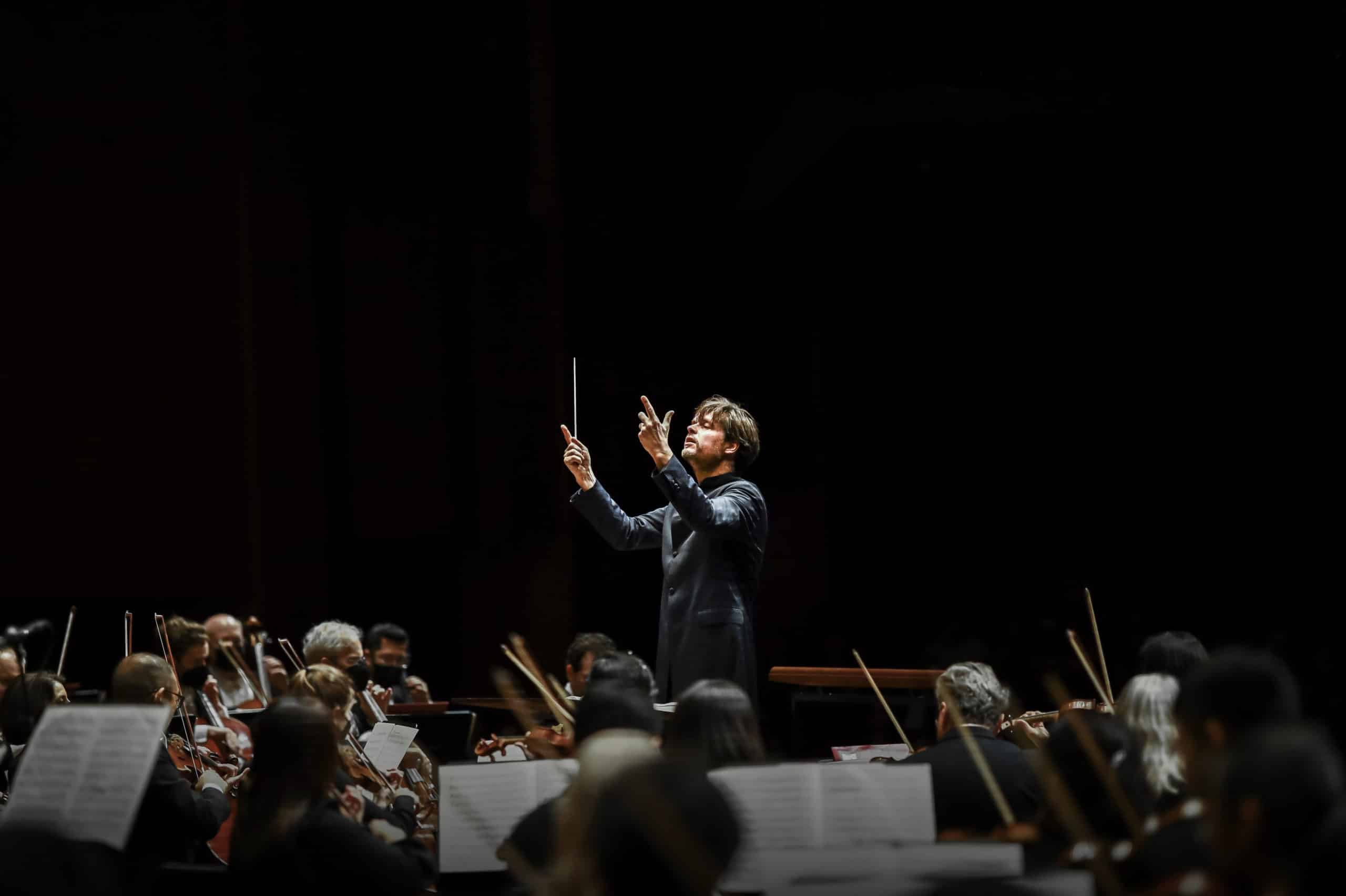
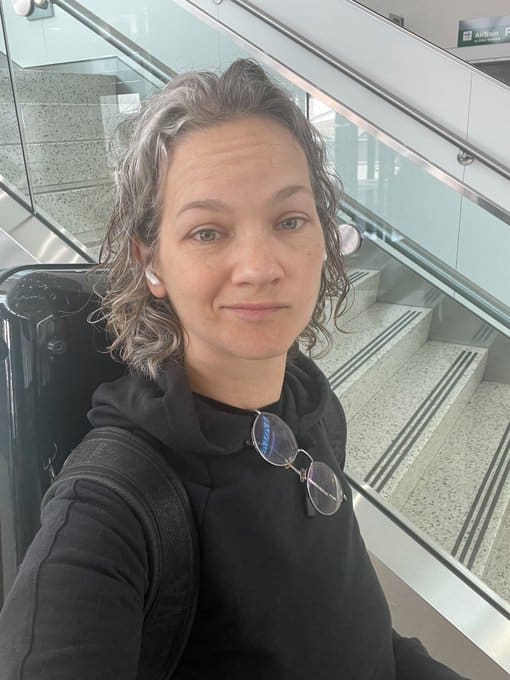
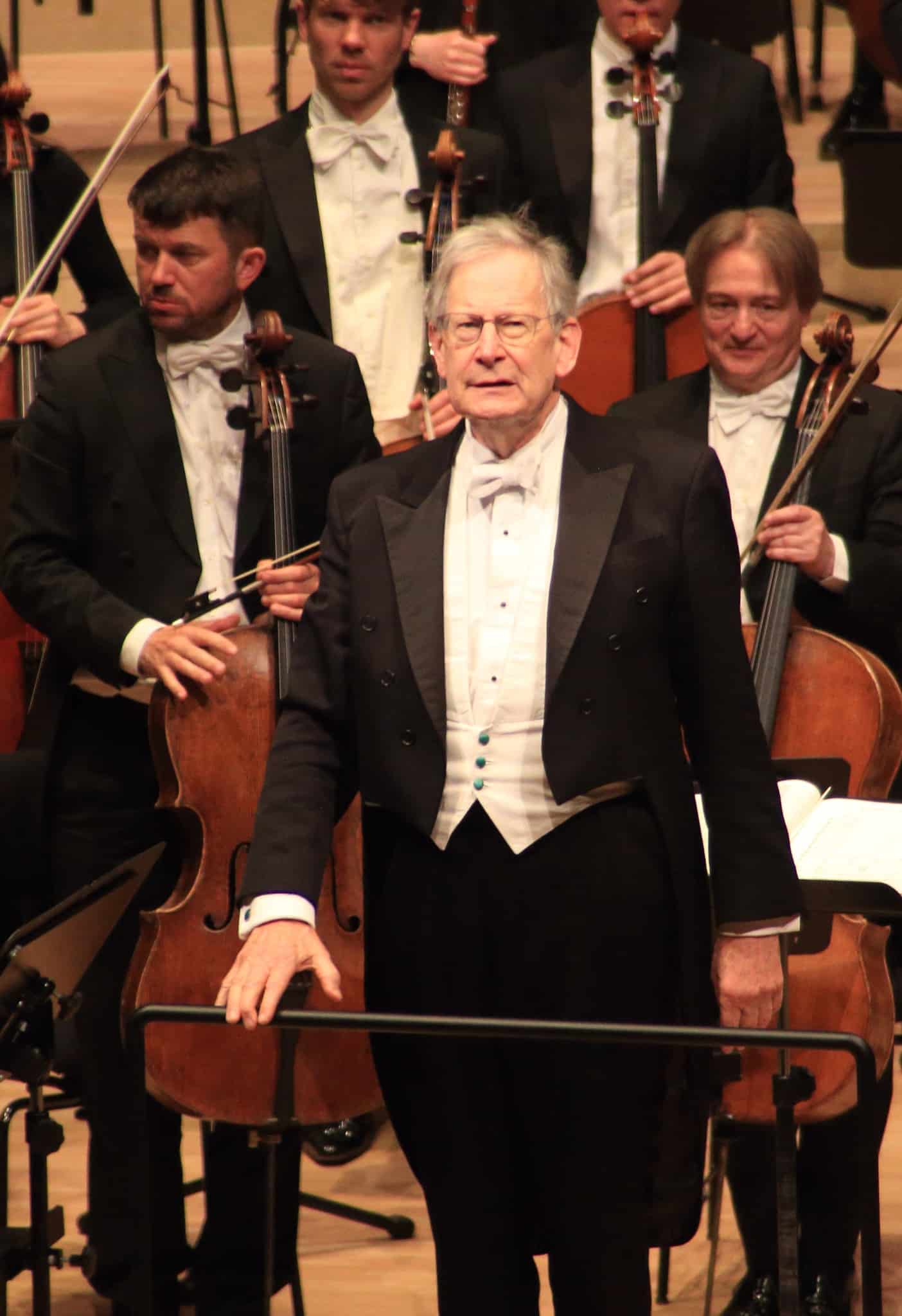
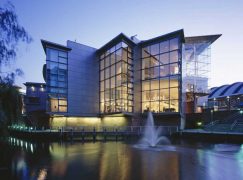
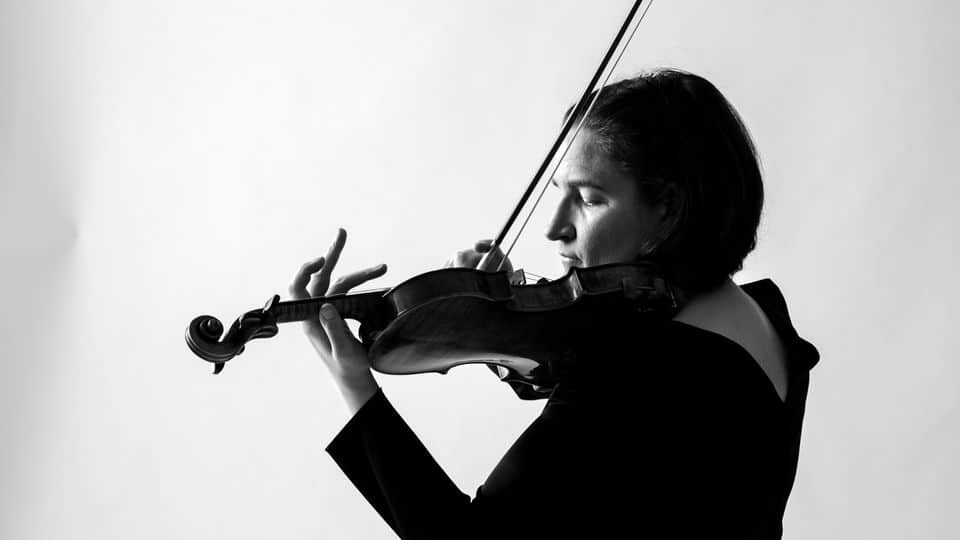
Great to see Paul Creston on a concert program. This Italian-American’s music has disappeared from concerts these days but he was widely performed in the ’40s and ’50s.
Perhaps an ambitious orchestra will do a program of “Italian American Composers Popular in the 1940s, ’50s, ’60s.” Think: Paul Creston, Michael Colgrass, Nicholas Flagello, Peter Menin, Norman Dello Joio.
One more: Walter Piston.
Didn’t know that. Thanks!
BTW, since you seem to like Italo-American composers, you can hear my recording of the Giannini (1903-1966) Psalm on YouTube under the name All American Bass Richard Fredrickson. Sorry that this might be considered shameless advertising, but I thought you might like to hear the work. Thanks. Richard
Wouldn’t that be nice for a change? There’s so much great music American written music that our own orchestras won’t play, or record for that matter. I’ve played a lot of Creston (not his real name) over the years. His brother lived in Tucson and that helped. The problem is there’s no one out there like Howard Hanson: that tireless champion of American composers.
I thought that was MTT’s bailiwick?
I agree, there’s more from him that’s worth hearing and performing other than the Second Symphony, namely the other six symphonies. Luckily for us the Seattle Symphony and Gerard Schwarz made a great cycle a few decades ago that’s easy to find.
Please don’t forget Vittorio Giannini to be included in your “Italian American Composers Popular in the 1940’s, ’50s, 60s”. I myself recorded his Psalm 130 for double bass and orchestra – easily one of Giannini’s best works.
All best, Richard Fredrickson
I was there yesterday. It was indeed a spectacular concert, one of the HSO’s best ever. Valcuha and Hadelich were outstanding, with deeply thoughtful interpretations and an astoundingly wide dynamic range. The orchestra is playing brilliantly for Valcuha. It was a small shame that the audience didn’t follow the Maestro’s very obvious cue NOT to applaud before the final movement…but I was happy to see a program where the two major works both ended pianissimo.
These days it’s almost impossible to prevent applause ending Tchaik 6th’s March or Weber’s Invitation to the Dance before its cello coda. Lack of music education?
I have twice seen conductors avoid applause at the end of the March. All the conductor needs to do is keep his/her arms raised and held there for a reasonable time. It’s when the conductor quickly drops them to his/her sides that many in the audience assume it’s the end of the symphony. Of course it does not always work but conductors literally have it in their own hands to give a strong signal that there is more to come.
Valcuha did everything but turn around and give the audience a giant cut off. In Sunday’s concert he literally sent his arm backwards with his hand facing them to the audience as a command to hold silent. It worked a little better than the prior two attempts and for anyone paying attention it was explicitly clear. Not everyone pays attention. To his credit he did not try to kill the applause by starting the last movement during the clapping.
You ought to try to prevent an audience from applauding after that third movement…it’s not easy. Lorin Maazel knew it and made it part of his amusing film, A Week in the Life of a Conductor. When the audience starts to clap, the conductor turns to audience and screams “Philistines!”
Could someone please indicate how to pronounce this conductor’s name, maybe spell it out phonetically? Thank you.
YOU-rye val-CHUa. The j is pronounced close to an i.
The č is like ch in English. A name to remember.
I thought the program was a bit odd. I know that Barbirolli did conduct this exact same program but there are certainly other composers with whom he is more closely identified than with Creston or Prokofiev and to a certain extent Tchaikovsky as well. To me a more fitting tribute would have included some the repertoire that he really specialized in such as Elgar, Vaughan Williams, Mahler, Sibelius, etc. But still I’m glad that they did this. Barbirolli is a really important part of the legacy of the Houston Symphony so it’s great to see that recognized. My father played in the orchestra during that era and Barbirolli was truly a beloved figure. https://youtu.be/YX5leRghjYk?t=868
Will a tribute concert for Efrem Kurtz follow as well?
I remember vividly Barbirolli’s final Houston concert, Mahler’s Third. During the rapturous offstage trumpet solo in the third movement, there was not a sound from the Jones Hall audience, barely a breath. And the final ovation was a well-deserved send-off for this great conductor.
My band director talked about that same concert, he said James Austin was on trumpet and did that solo, said he never forgot it.